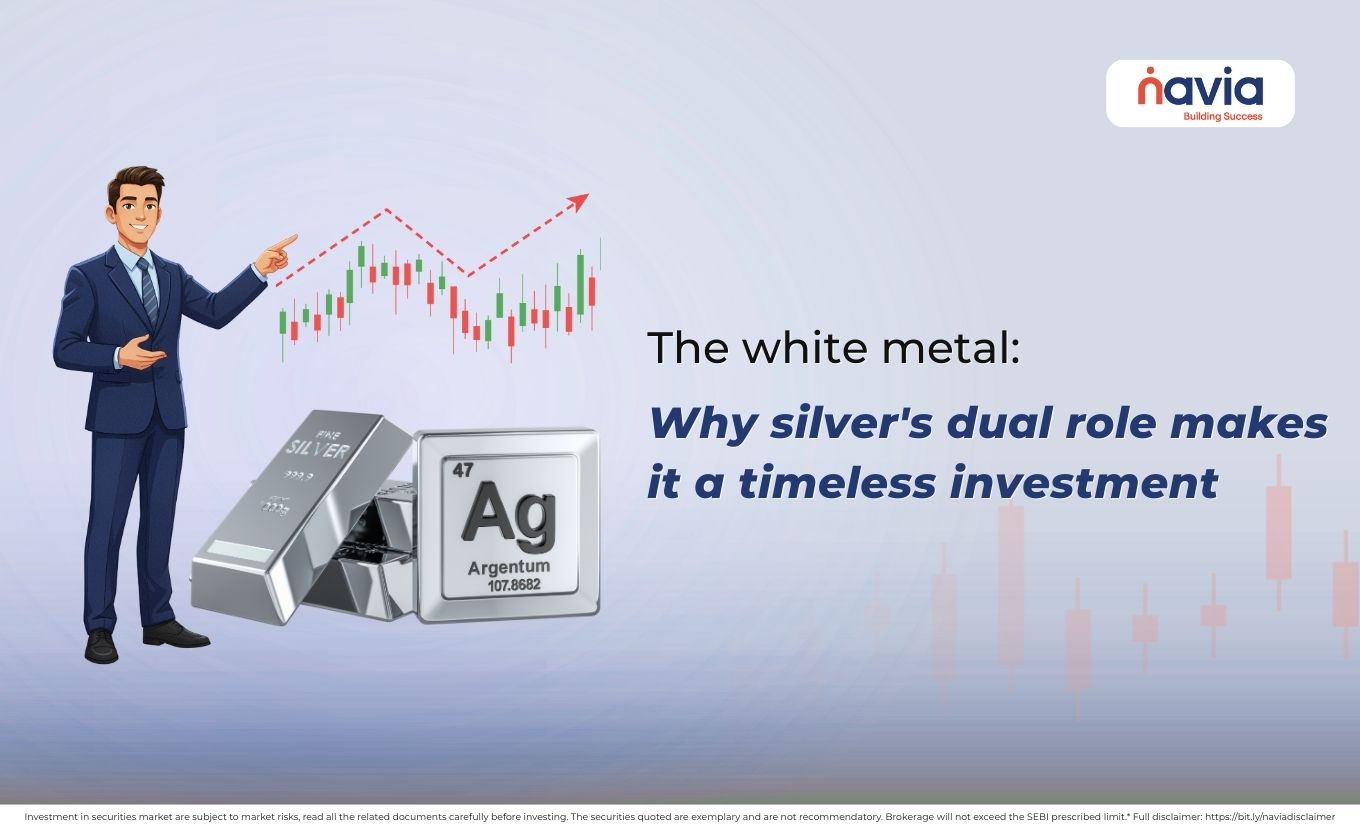What is FPO in the Stock Market? Your Simple Guide to a Complex Term

- What is FPO (Follow-on Public Offering)?
- What are the Types of FPOs?
- Why Companies Opt for an FPO?
- IPO vs. FPO: The Key Differences
- The Investor’s Perspective: Risks and Rewards
- Final Verdict
- Frequently Asked Questions
Equities are a thrilling world for everyone; the Initial Public Offering (IPO) gets all the fanfare. It is the first step for a company to leap onto the public stage, but what happens when a publicly listed company needs a fresh injection of capital after its debut? It turns to a strategic movement that is known as Follow-on Public Offering or FPO.
If you are a seasoned and aspiring investor, understanding the FPO will help you to know how an IPO works. It represents the corporate action that can significantly impact a company’s valuation, debt load, and shareholding structure. This guide will help you to understand its types, benefits, and risks and make complex terms simple.
What is FPO (Follow-on Public Offering)?
A Follow-on Public Offering or FPO is a process by which an already publicly listed company issues additional shares to the public to raise supplementary capital. In simple words, it is the second (or third or fourth) time a company approaches the public market to raise money.
If you hear the term “what is FPO in the share market or what is FPO in the stock market,” the meaning remains consistent. It’s considered a critical mechanism for resource mobilization in the secondary market. The company utilizes this capital for various reasons, like paying for existing debt, capital requirements, large-scale expansions, etc.
What are the Types of FPOs?
The FPO is an important factor for investors, and it has two fundamental types, as their impact on your existing holdings can be vastly different: Dilutive and Non-Dilutive.
Dilutive FPO (Primary Offering)
Through the dilutive FPO, a company issues brand-news shares to the public; it will increase the total number of outstanding shares of them. It impacts the results in dilution of the existing shareholders’ ownership percentage. Since the company’s profits spread across a larger pool of shares, the EPS (Earnings Per Share) will decrease immediately. Although the company anticipates overall future earnings to grow sufficiently to overcome this dilution over time.
Non-Dilutive FPO (Secondary Offering / Offer for Sale – OFS)
In a non-dilutive FPO, the existing shareholders of the company sell their shares to the public, and the company itself does not issue any new shares. The total number of shares outstanding is the same, which means there are no changes in the existing shareholders’ ownership percentage. The capital raised goes to the selling shareholders, not into the company’s balance sheet.
Why Companies Opt for an FPO?
Without clear and long-term strategic objectives, a company can’t make a decision to launch a Follow-on Public Offering. Some of the reasons are given below;
| Reasons | Definition |
|---|---|
| Fueling Aggressive Growth | Some companies use FPO funds for large-scale capital expenditure. |
| Enhancing Market Liquidity | By increasing the total number of publicly traded shares, an FPO can boost market liquidity. |
| Strengthening Brand Value | A successful FPO signals strong market confidence in the company’s future prospects and management vision. |
| Strategic Debt Reduction | Issuing equity through an FPO can be a strategic way to reduce high-cost financial liabilities, thereby improving the company’s debt-to-equity ratio and overall financial health. |
IPO vs. FPO: The Key Differences
While both are “Public Offerings”, but the FPO and IPO have different purposes some of them are given below;
| Aspect | Initial Public Offering (IPO) | Follow-on Public Offering (FPO) |
|---|---|---|
| Issuer | A private company going public for the first time | An already publicly traded company |
| Status of Shares | New shares introducing to the market | Additional shares issued |
| Investor Risk | High risk | Lower risk |
| Purpose | Raising funds for the first time and establishing market presence | Raising additional capital for expansion, debt reduction, or improving liquidity |
| Valuation | Based largely on future projections and industry comparables | Based on the current market price and established financial track record |
The Investor’s Perspective: Risks and Rewards
Investing in an FPO requires more knowledge than investing in an IPO. Maybe the company is familiar to you, but the implications of the new offering must be weighed carefully.
Advantages of Investing in an FPO
| Lower Risk Profile | The most significant advantage is the presence of public track record and historical data. Investors don’t have to rely solely on projections; they can analyze years of audited financials, management’s commentary, and stock performance history before committing capital. |
| Market Validation | FPO process is, in effect, a validation of the company’s viability and future potential. |
| Potential for Profit | If the raised capital is utilized effectively to reduce debt or fund profitable expansion, it can lead to higher long-term earnings and growth of the company. |
Risks of Investing in an FPO
| Stock Dilution Risk | If the company can’t generate sufficient returns from the new capital, the EPS may permanently lag, and it conquer the share price. |
| Market Volatility | The announcement and pricing of an FPO can create short-term volatility, becasue existing share prices might drop temporarily due to the increased supply of shares of the company. |
| Misuse of Funds | If the capital from the FPO is mismanaged, diverted, or invested in non-profitable ventures, it may not generate the expected returns, resulting in poor performance and that will be disappointing investors. |
Final Verdict
You should understand that Follow-on Public Offering isn’t just a fundraising event; it is a profound declaration of a company’s ambition to accelerate its growth trajectory. After knowing the initial question of what is FPO in stock market, you can confidently assess whether to take the second bite of your investment apple. Happy Investing!
Do You Find This Interesting?
Frequently Asked Questions
Is FPO good or bad?
An FPO (Follow-on Public Offering) is neither inherently good nor bad; it is a strategic corporate action. Its quality depends on the underlying reason for the offering and how the raised capital is used.
Can FPO shares be sold?
Yes, FPO shares can be sold. Once the FPO allotment process is complete and the shares are credited to your Demat account, they become part of the publicly traded stock.
Can I withdraw my IPO anytime?
Yes, you can typically withdraw your IPO application anytime during the bidding period. The bidding period usually lasts for three business days.
Is it good to buy IPO on first day?
Buying an IPO on the first day of the bidding period is neither good nor bad; it is mostly irrelevant. Many experts advise waiting until the final day to apply to assess the subscription demand from Qualified Institutional Buyers (QIBs) and Non-Institutional Investors (NIIs), which can signal market interest.
Can I buy IPO twice?
No, an individual retail investor can only submit one application (one bid) per IPO under their Permanent Account Number (PAN).
DISCLAIMER: Investment in securities market are subject to market risks, read all the related documents carefully before investing. The securities quoted are exemplary and are not recommendatory. Full disclaimer: https://bit.ly/naviadisclaimer.






